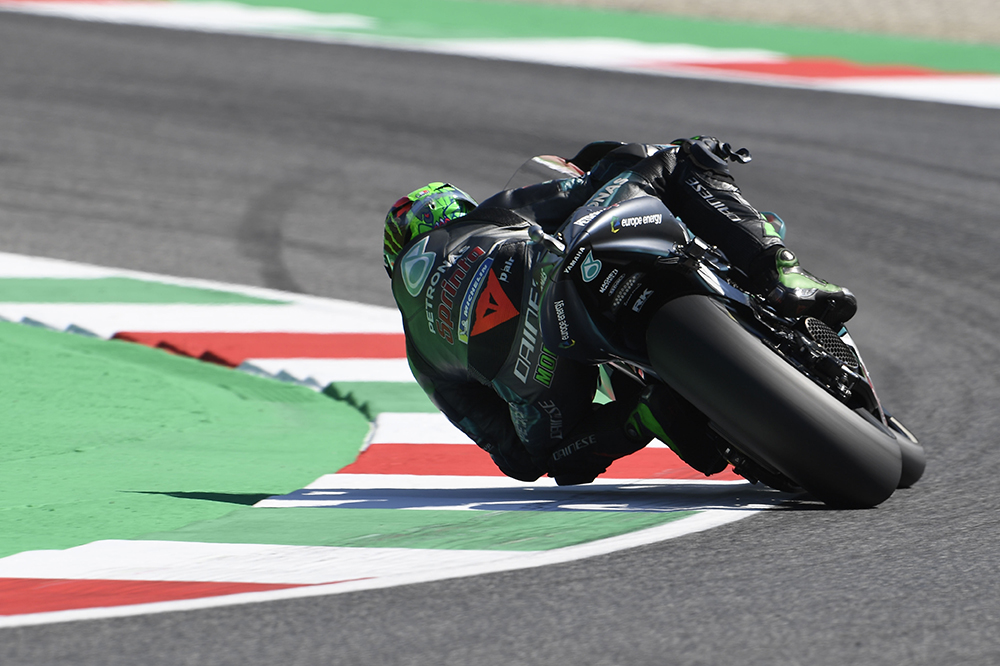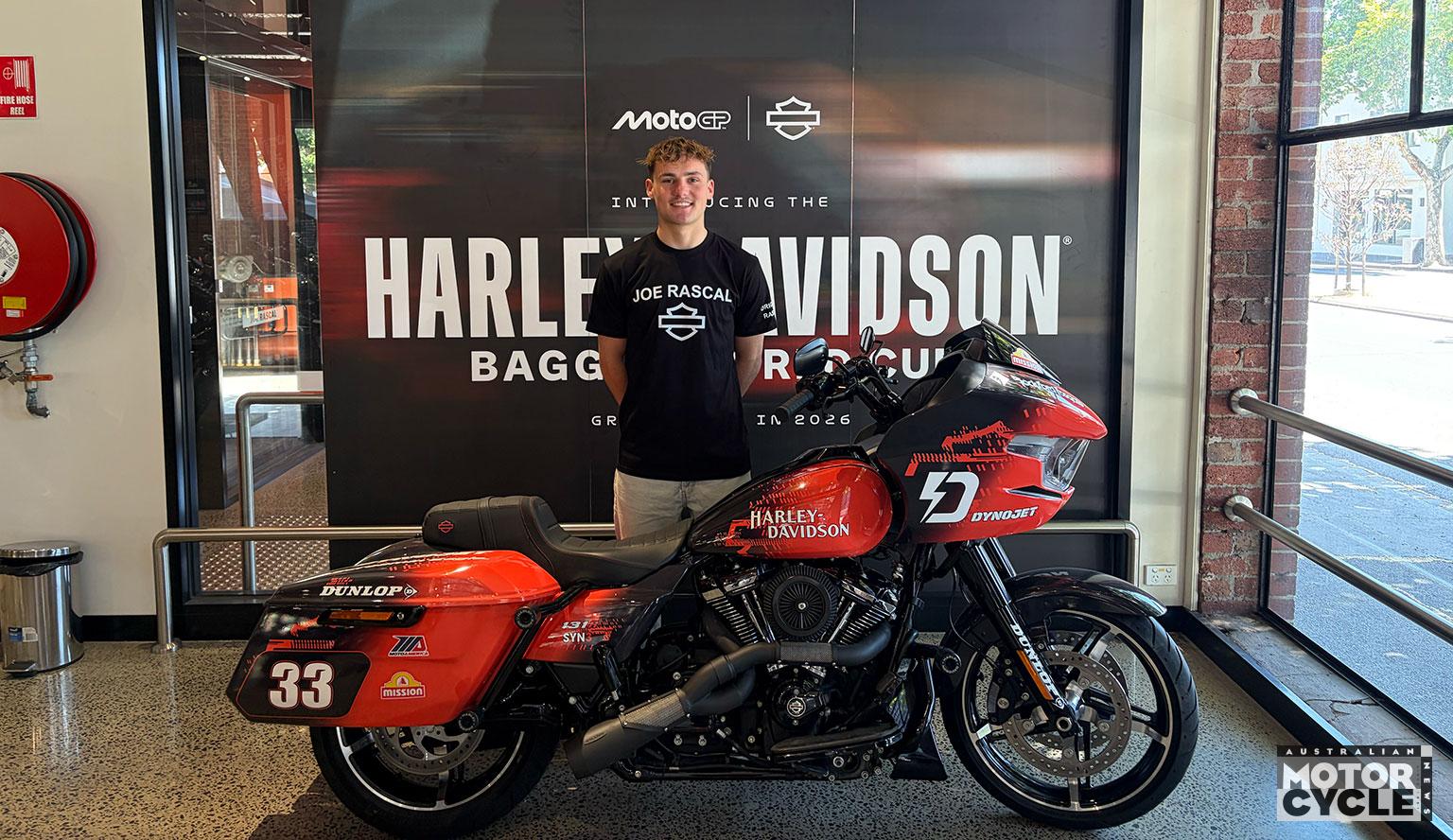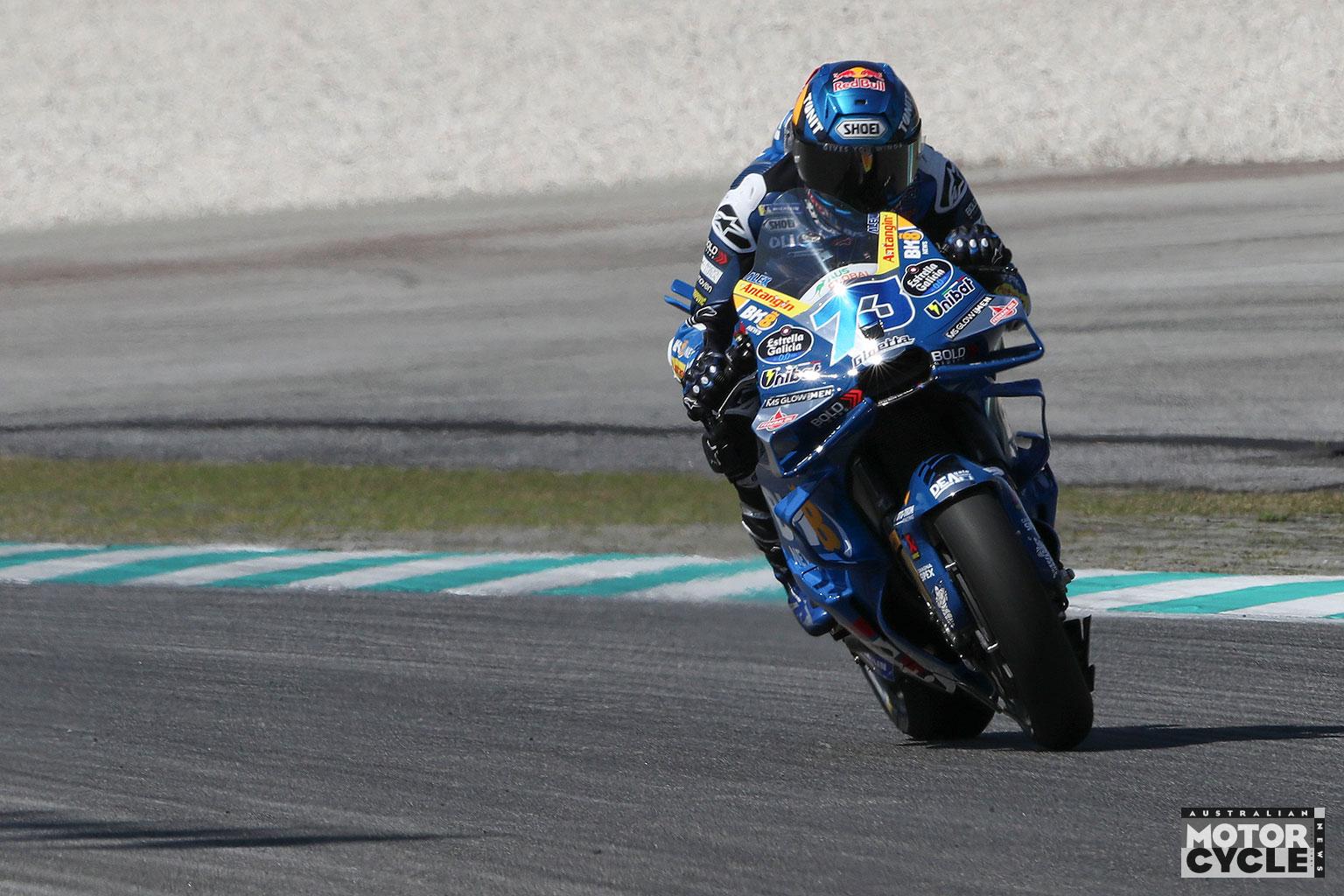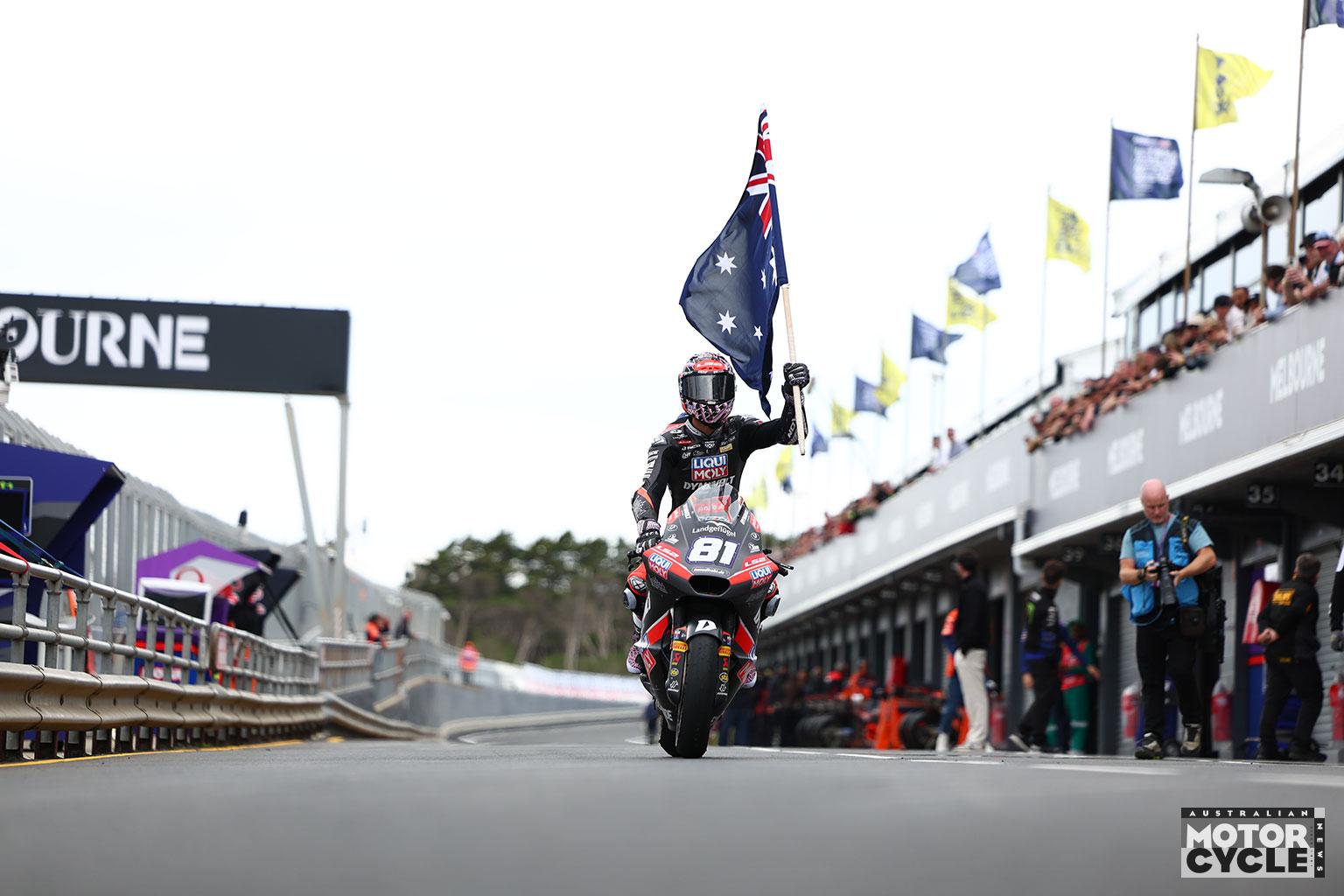Brake, turn, accelerate, repeat. Right? If all riders are on the same tyres, all motorcycles have unified electronics and all riders are the most supremely talented riders on the planet, surely they’re going to punt their machines around world-class racetracks at 350km/h in more or less the same way.
Nothing could be further from the truth.
In the case of the some of the hottest talent in MotoGP right now, there are so many variables that can make a rider either feel confident or uncomfortable on a motorcycle. And in the era of close racing and even tighter lap times, one or even tenths of a second can mean the difference between a haul of world championship points and none at all.
We grab a word with some of the sport’s best and ask them to explain what it is about their unique riding style that makes all the difference.
MAVERICK VIÑALES
“The set-up we have now accepts this style”
Viñales joined Yamaha in 2017, won three of the first five races, then didn’t win another race until October 2018. The young Spaniard has a huge amount of talent but can lose his way when he struggles, which has been one of his big problems over the past two seasons.
“At the beginning of 2017 I could use much more corner speed, but then Michelin changed to a harder front carcass [from Mugello] and the riding style changed: it became brake late, stop the bike and go. Finally in the last few races of last year I was able to ride like that because we changed the set-up a lot.
“Until I found this new set-up I couldn’t use my own riding style. Confidence is very important to me because I Iike to be more aggressive on the bike.
“At the start of last year I started changing my riding style – riding more smoothly – but then I got in a lot of trouble with the front tyre, because I wasn’t getting it hot enough, which is why I sometimes have problems in the early laps. After Aragon [where Viñales qualified 14th and finished 10th] I decided: okay now I will use my riding style, completely, and if I’m not fast then I’m not fast, but I will do what I want to do.
“We put much more weight on the rear. Normally I don’t have much trouble with the front tyre because I’m quite good at feeling the limit, so I gave away a bit from the front and tried to concentrate on making the rear work really well.
Now we use the rear brake and rear tyre to stop the bike and that has really helped because I can stop the bike much quicker. Before, I was taking much longer to stop the bike, so I was always missing the corner. Now I can stop the bike, so I can turn and be much more precise.
“It made a very big difference. Also for my head, because now I can ride like I used to ride, so I can feel the bike better and I can feel the limit better, so I know where I can improve. It’s also much better in races, because before we made this big change I felt I had no grip from the tyres, but since I first used this set-up [in Thailand] I’ve had grip and I feel good with the tyres.
“Also, now I can turn the bike more quickly, so I can pick up the bike earlier, so the traction is better, which means the acceleration is better and the tyre lasts longer. Before we made the change the problem was that it took too long to turn the bike, so I was still on the edge of the tyres when I got on the gas, so I had no traction and the tyre didn’t last. Now I’m already in the traction area of the tyre when I get on the gas, but we still need to improve the bike in the traction area.
“Since I changed the set-up I can also use completely the same style I used on the Suzuki: brake late, completely stop the bike and then go. The set-up we have now accepts this style. Before we used this set-up it was impossible to ride like this because every time I braked hard the bike didn’t stop.
“My riding style is different to Valentino’s [Rossi]. For sure our different heights and weights make a big difference. I brake later, but he enters corners with more speed. I prefer to grab the brakes until I get on the gas. That’s more my style, so I’m trying to make the Yamaha work with that style.
“I am also working to be calmer. Sometimes I’m not fully focused, so for sure I need to improve this.”
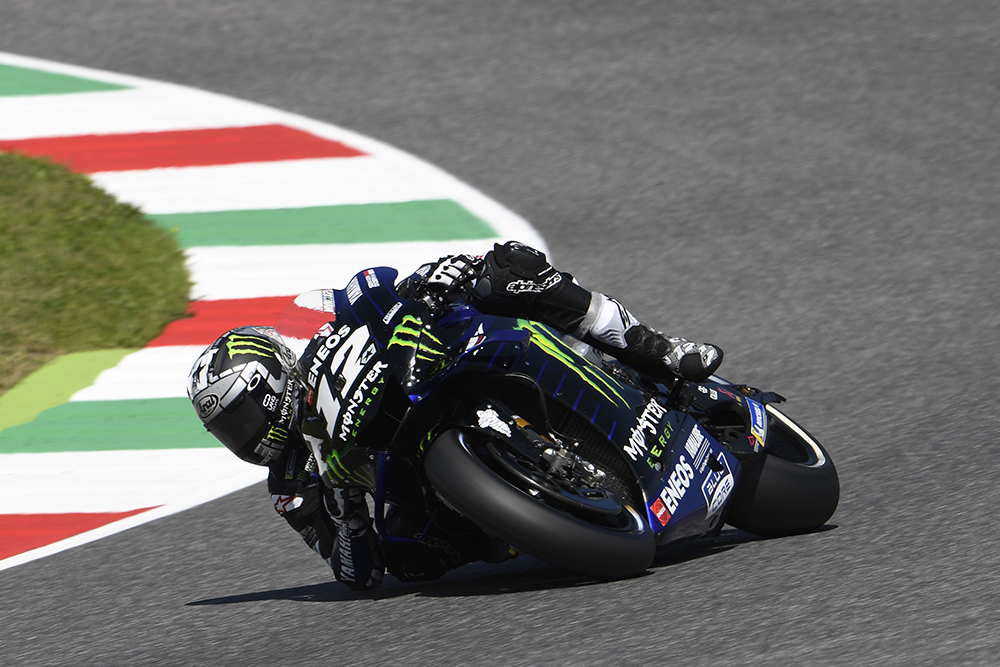
ALEX RINS
“Riding smoothly comes naturally to me”
Rins joined MotoGP’s winning elite when he conquered this year’s Grand Prix of the Americas. The former Moto2 and Moto3 winner is known for his super-smooth style,
a bit like Lorenzo’s.
“I like to ride smoothly. I think this comes naturally – I don’t work in a special way to be smooth on the bike. I remember one funny story when I was riding in Moto3 in 2013 – my mechanics were watching me in qualifying and they thought I was coming back to the box, but on that lap I got pole position! So, yes, it comes naturally.
“It’s very important to be smooth now, because you need to take care of the tyres – it’s all about the tyres. If you are smooth with the throttle, your rear tyre life will increase and if you ride smoothly you will increase the durability of the front tyre.
“Since I first arrived in MotoGP in 2017 I used the data to check exactly how much gas you are using at any point
of the track and what lean angle you are using, so you can use this data to help you rider better.
“Basically, with a MotoGP bike you can open the throttle 100 percent exiting a corner and with all the electronics it won’t be problem. I don’t want to say that you’d never crash in this situation, but it is difficult to crash like this. However, if you go to full gas with a lot of lean angle then very quickly the tyre starts to slide and spin. And once the tyre starts to spin, it’s very difficult to stop it spinning, which affects the lap time and also tyre life.
“I remember one race really well – Phillip Island 2017. It was my first season in MotoGP and my first time racing with the front group. There were eight of us [Rins, plus Marc Marquez, Valentino Rossi, Maverick Viñales, Johann Zarco, Cal Crutchlow, Andrea Iannone and Jack Miller] and it was nice because I could see that I was able to go with them by using less throttle.
“I also like to use a set-up with less aggressive geometry and less pitch to help the tyres. For example, someone like Pol Espargaro brakes very, very late, so he puts all the weight on the front of the bike, then he opens the gas quite fast, so the load goes to the back. This makes the bike less stable and uses the tyres more.
“Suzuki always work very hard and since the middle of last season we have had a very balanced bike. The Suzuki turns great – front and rear – and it brings a lot of confidence to the rider. When I have a clear track ahead I can enter the corners fast and exit at the same speed, which is positive for the tyres. But if I have other riders in front who stop their bikes in the corners and then go, it’s difficult to use my corner speed. In this situation I brake a bit earlier than them, then I try to go and use the space to use my corner speed to exit the corner faster than them.”
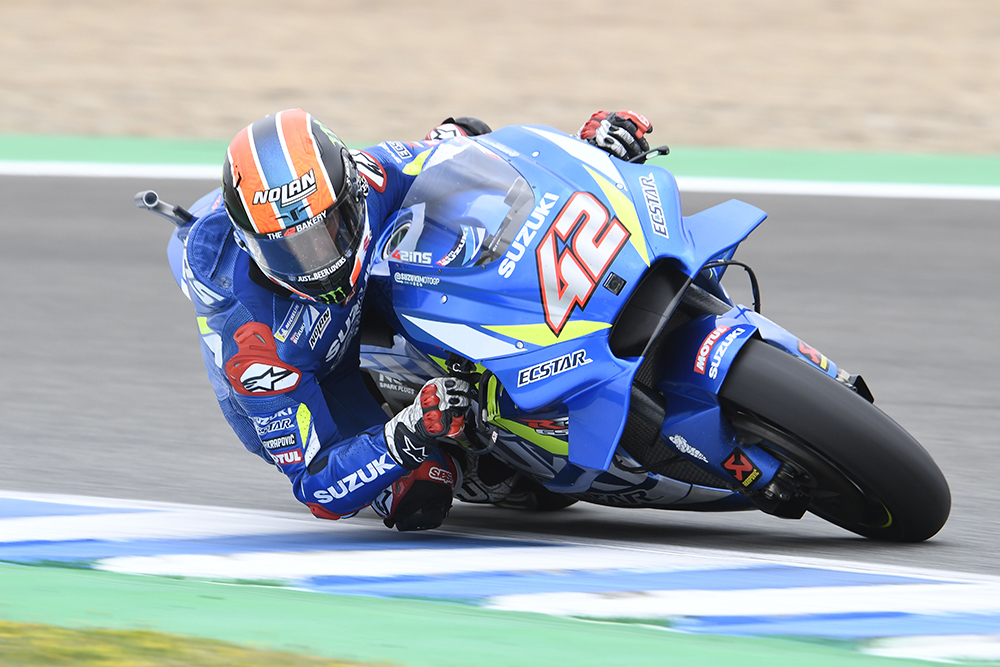
FRANCO MORBIDELLI
“I’ve learnt everything I know from Valentino”
The VR46 Academy rider has worked with Valentino Rossi for the last decade and made three big changes in three years: Moto2 to MotoGP on a Honda RC213V, and then to a Yamaha M1.
“When I came to MotoGP last year I wanted to keep my nature, which is being smooth in every movement I do on the bike and being smooth in everything I do with the bike. But of course I had to change my lines; that’s the first thing you have to change, but also my braking style.
“We all know the main thing with a MotoGP bike is getting the bike straight and firing it out of the corner. That means you have to prepare yourself in a much better way for the exit of the corner, so you would think that with a MotoGP bike you’d brake earlier and prepare the corner entry a bit better and then come out.
“But it’s not like that! MotoGP bikes have such strong brakes and so much grip that you can brake almost in same place as Moto2 bikes brake, even though you are going much faster. This is a big thing to digest! At first it’s difficult to digest, but after a while you learn how to do it.
“The Honda was quite a twitchy bike for me. It’s short and it’s small, so it’s nervous and it moves a lot, so I’d say it was more difficult to control. The Yamaha feels smoother and the way the bike reacts is smoother and quieter, this is the main difference.
“On the Honda my riding was more aggressive. The fact that I’m smooth with my movements on the bike doesn’t mean that I can’t be aggressive with my throttle and brake movements. On the Honda I had to exploit the braking more. I had to make most of the lap time on the brakes, so I really focused on that area and I took a lot of risks in that area.
“I feel that the nature of the Yamaha and my own nature suit each other, but this doesn’t necessarily mean we’re going to be fast. My aim isn’t to be smooth; my aim is to be fast, so I do
whatever it takes to be fast. It’s true that on paper I’ve always been a smooth rider, and on paper the Yamaha has always been a smooth bike, so it looks like we are best mates. But we need to be fast, we need to remember we need to be fast!
“Now I ride the same bike as Valentino I can
look at his data and I see that our styles aren’t exactly the same, but very similar. Maverick Viñales is aggressive on the bike – him and
[Fabio] Quartararo are a bit more on the aggressive side than us.
“I’ve learned everything I know from Valentino. Now I try to develop all that I’ve learned in my way, in my style. Now he can look at my data to see what I’ve developed, what I’ve changed. So he can see the things I’ve learned from him that I’ve made suit my style – and maybe he takes things from that which he can use for himself.
“We are still opponents, but we are great friends and when we are away from the track, we speak a lot about all of this because you can always learn. Vale is super open-minded, so he’s ready and prepared to learn from the new kid in town.”
